The big story over the last 30 hours has been our atmospheric dispersion corrector, or ADC. When you look at a star through the atmosphere, it will be “dispersed” into a rainbow, meaning that the different wavelengths of light (colors) will land at different spots on the camera. But if you have an ADC, it takes out this dispersion. The ADC is two prisms which have to be rotated in opposite directions in a fairly precise way. Well, ours stopped being precise, or maybe it was just random. Opinions vary. We spent the last half of last night taking pieces of it apart and testing various theories. We didn’t get anywhere, but after a long-day’s sleep, Laird had a plan. To keep a long story from getting longer, one of the two rotating prisms tends to get jammed up in one part of its range of motion. We now have a workaround in place for this, with a bunch of software hacks to enforce some new rules. So, problem solved! Just like that.
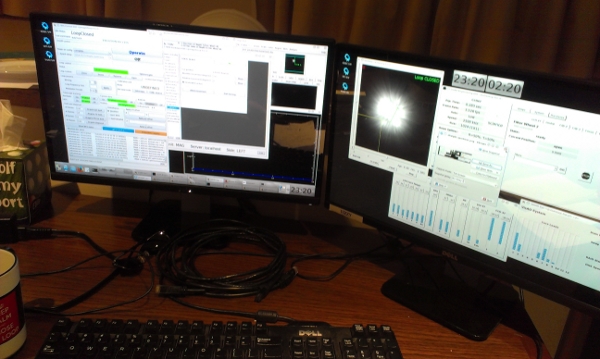
To put that in perspective, when I went to bed yesterday morning I was pretty sure we had to pull MagAO off the telescope and tear apart the ADC. It’s good to be wrong about some things.
Losing some time to the ADC troubleshooting hasn’t been too hard to take, because we’ve had some cloudy nights.
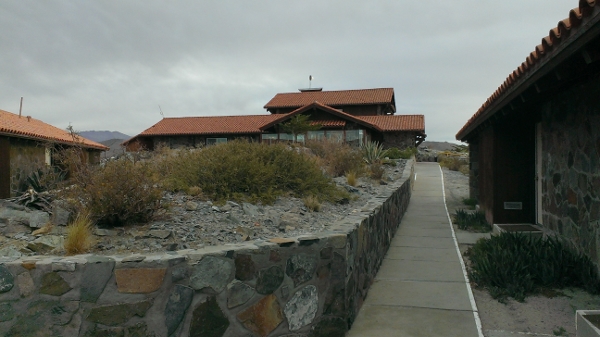
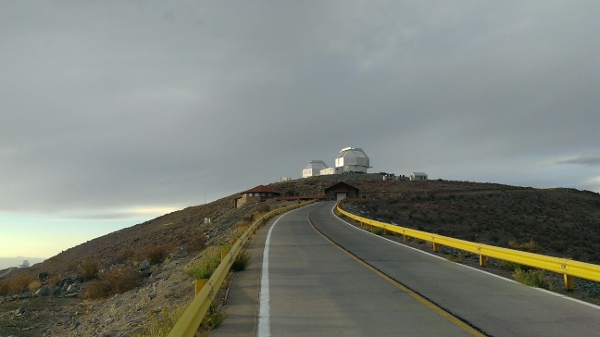
Here are some more pictures of the mounting and cabling from yesterday.
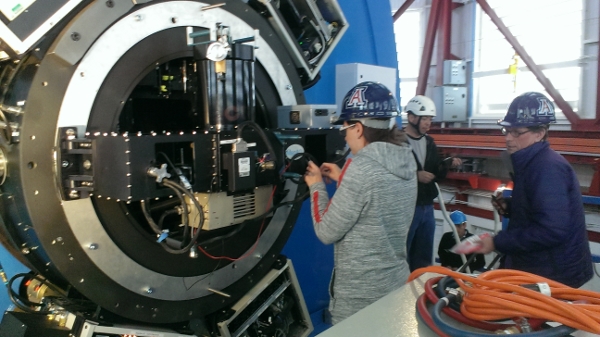
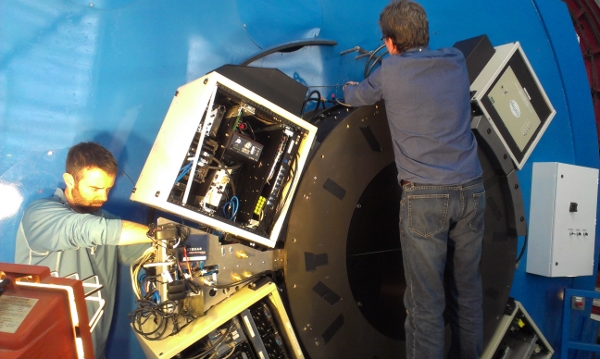
MagAO’s favorite Chef is on this week. Here’s an example of why we love Hector so much.
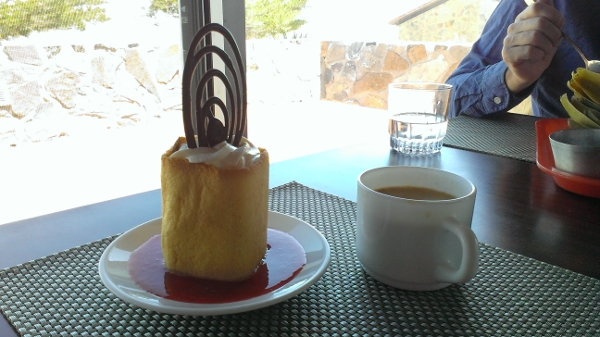
I found some more flowers today.
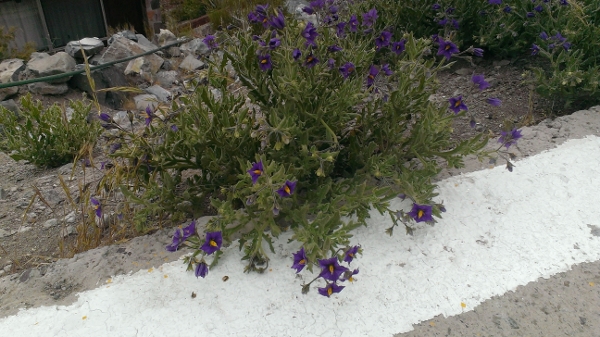
Clouds suck. They should never come near any observatory where I have time. But, they make for nice pictures.


There’s a lot of pressure for us instrumenteers in the days before a run, especially such a long one. We have many people coming to visit us and use MagAO, and we need to have the system in top form when they get here. I think we did it — MagAO is ready to go. But, needless to say, we worked pretty damn hard the last couple of days.